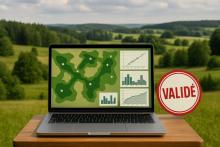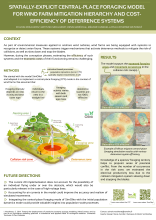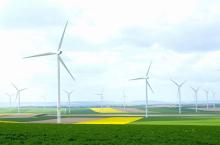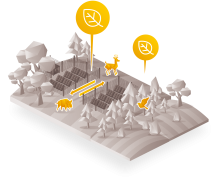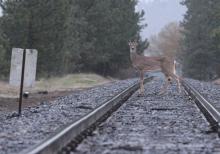Are you wondering about the relevance of ecological modelling techniques? You are quite right to do so.
The use of these tools is becoming increasingly widespread, not only in research, but also as a decision-making aid in the field for all those involved in land use planning and biodiversity conservation.
The problem is that in most cases, their reliability is never assessed.
